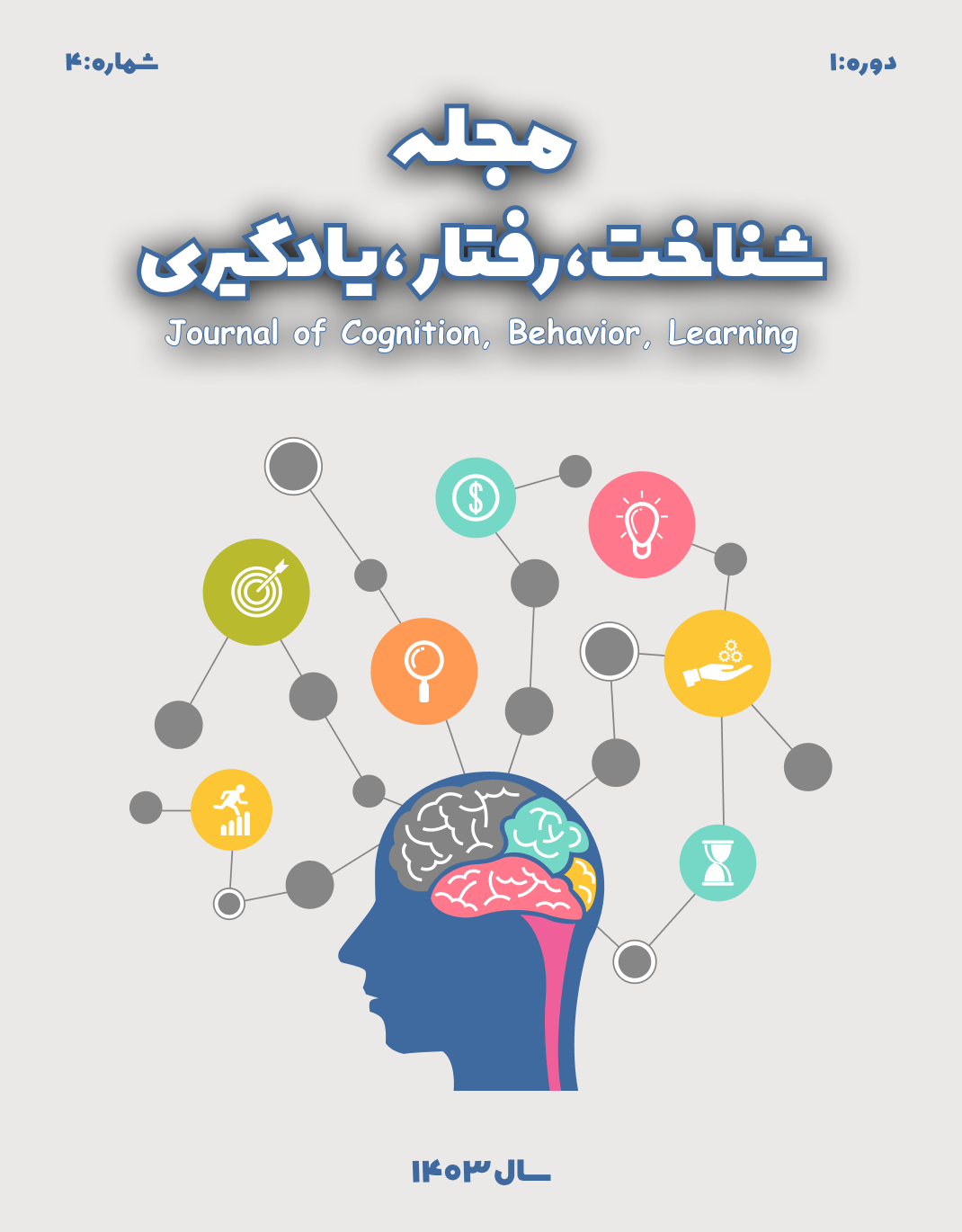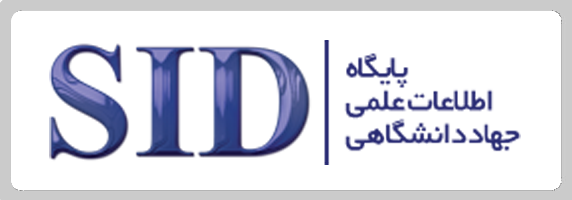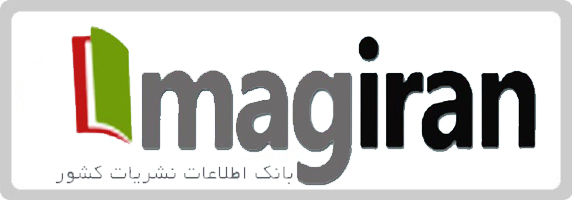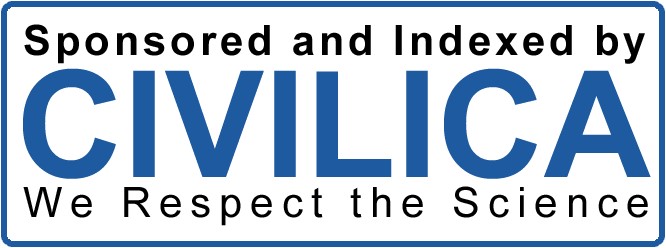Attitudes of Shahsavand Turkish-Speaking Teachers and Students Toward Formal and Informal Education
Keywords:
Formal education, Informal education, Minority, Students, TeachersAbstract
Education is a complex process involving both formal and informal learning experiences, playing a crucial role in the formation of individual identity and human values. The phenomenological method is used to describe and identify the essence of phenomena as perceived by individuals. In this approach, the researcher collects data from individuals who have experienced the phenomenon in question and describes the essence of that experience. The aim of this study was to examine the attitudes of the Shahsavand Turkish-speaking minority teachers and students toward formal and informal education. The main research questions addressed minority attitudes toward formal education, gender-based differences in these attitudes, and the advantages and disadvantages of both formal and informal education. For this purpose, 38 participants—including 15 teachers (aged 30 to 50) and 23 students (aged 17 to 18)—were selected using purposive sampling. Data were collected through semi-structured interviews and analyzed using Van Manen's method (Van Manen, 1990). The findings were summarized into 11 main categories: discrimination in formal education, skill acquisition, critical thinking, visibility of minorities, transmission or change of family occupations, parental encouragement for education, neglect of creativity, school expenses, family formation, risk of exclusion, and cultural erosion of the minority. These categories were grouped into four conceptual themes: orientations, behaviors, experiences, and performances, reflecting the meaning of education for this group.
Downloads
References
Bagherinia, H., & Shokouri Moghani, S. (2016). Causes of Indoctrination in Formal and Informal Education Systems and Solutions Compatible with Islamic Culture. Journal of Educational Sciences from an Islamic Perspective, 7. https://ensani.ir/fa/article/383259/
Ciaian, P., & Kancs, D. (2019). Marginalisation of Roma: root causes and possible policy actions. Eur. Rev., 27, 115-130. https://doi.org/10.1017/S106279871800056X
Czaderny, K. (2022). Segregation, education, and inclusion of European Roma: a demographic analysis. Migrat. Lett., 19, 897-909. https://doi.org/10.33182/ml.v19i6.1555
Darzadeh, F. (2023). Investigating the Effects of Teacher Discrimination on Students’ Mental Health. 2nd National Conference on Evolutionary and Educational Psychology. https://civilica.com/doc/1945340/
Ebrahimi Khebir, N., & Vafadar, M. (2022). Critique and Review of Ivan Illich’s Deschooling Society Perspective. 5th International Conference on Psychology, Educational Sciences, and Social Studies. https://civilica.com/doc/1647778/
Falck, R. (2021). Discrimination against Roma: evidence from two survey experiments in Norway. Migrat. Stud., 9, 360-382. https://doi.org/10.1093/migration/mnaa026
Fathi Vajargah, K. (2022). Curriculum towards New Identities. Ayij.
Friberg, J. H. (2020). Poverty, networks, resistance: the economic sociology of Roma migration for begging. Migrat. Stud., 8, 228-249. https://doi.org/10.1093/migration/mny038
Huta, V. (2016). Eudaimonic and Hedonic Orientations: Theoretical Considerations and Research Findings. In J. Vittersø (Ed.), Handbook of Eudaimonic Well-Being. International Handbooks of Quality-of-Life. https://doi.org/10.1007/978-3-319-42445-3_15
Kapur, R. (2019). Understanding the meaning and significance of formal education. https://www.researchgate.net/publication/335826519_Understanding_the_Meaning_and_Significance_of_Formal_Education
Klaus, S., & Siraj, I. (2020). Improving Roma participation in European earlychildhood education systems through cultural brokering. Lond. Rev. Educ., 18, 50-64. https://doi.org/10.18546/LRE.18.1.04
Maleki, H. (2022). Curriculum Planning (A Practical Guide). Monadi Tarbiat.
Merhaut, M., Fulkova, M., & Rudorfer, L. F. (2022). Social Services Management in the Context of ethnic Roma issues in the Czech Republic with a focus on education for Roma children. Soc. Sci., 11, 477. https://doi.org/10.3390/socsci11100477
Nasr Abadi, H. A. (2018). Critique of the Static Approach in Contemporary Iranian Education and Presentation of a Dynamic Model of Islamic Education. 2nd National Conference on Applied Research in Humanities and Psychology. https://civilica.com/doc/881884/
Rogers, C. (2021). Inclusion or exclusion: UK education policy and Roma pupils. In M. M. Mendes, O. Magano, & S. Toma (Eds.), Social and economic vulnerability of Roma people. Springer. https://doi.org/10.1007/978-3-030-52588-0_1
Rotaru, I. C. (2019). The school dropout of Roma children. Between anti-gypsism andthe socio - economic dysfunction of Romanian educational system. International Conference “Supervision in Psycotherapy”. https://www.researchgate.net/publication/335293496_The_school_dropout_of_Roma_children_Between_anti-gypsism_and_the_socio_-economic_dysfunction_of_Romanian_educational_system
Sakamoto, J., Fuller, S., Amaro, D., Wang, Y., Soobrayan, P., & Mizunoya, S. (2022). Education pathways in Roma settlements. United Nations Children’s fund (UNICEF). https://data.unicef.org/wp-content/uploads/2022/01/UNICEF-2022-Education-pathways-in-Roma-settlements.pdf
Spielhaus, R., Szakács Behling, S., Ailincai, A., Hopson, V., & Marko Pecak, M. (2020). The representation of Roma in European curricula and textbooks. Analytical Report. https://repository.gei.de/handle/11428/306
Stark, O., & Berlinschi, R. (2021). Community influence as an explanatory factor why Roma children get little schooling. Public Choice, 189, 93-114. https://doi.org/10.1007/s11127-020-00860-z
Stenroos, M., & Helakorpi, J. (2021). The multiple stories in Finnish Roma schooling. In M. M. Mendes, O. Magano, & S. Toma (Eds.), Social and economic vulnerability of Roma people. Springer. https://doi.org/10.1007/978-3-030-52588-0_7
Tervonen, M., & Enache, A. (2017). Coping with everyday bordering: Roma migrants and gatekeepers in Helsinki. Ethn. Racial Stud., 40, 1114-1131. https://doi.org/10.1080/01419870.2017.1267378
Trbojević, A., Jeremić, B., Milenović, H. Ž., & Lazić, B. (2023). Representation of Roma content in curricula and textbooks at the initial education level in Serbia. Int. J. Cogn. Res. Sci., 11, 115-127. https://doi.org/10.23947/2334-8496-2023-11-1-115-127
Van den Bogaert, S. (2018). Chapter 2 education as a key to inclusion and as an indispensable means of realizing other human rights. In Segregation of Roma children in education. Brill | Nijhoff. https://doi.org/10.1163/9789004354210_004
VanManen, M., Higgins, I., & Riet, P. (2016). A conversation with Max Van Manen on phenomenology in its original sense. https://doi.org/10.1111/nhs.12274
Wagner, A., Stan, L., & Bonker, F. (2022). Romania Report. Sustainable Governance Indicators 2022. https://www.sgi-network.org/docs/2022/country/SGI2022_Romania.pdf
Zachos, D. T., & Panagiotidou, A. (2019). Roma Parents’ perceptions on education. J. Adv. Educ. Res., 4, 13-23. https://doi.org/10.22606/jaer.2019.41002
Downloads
Published
Submitted
Revised
Accepted
Issue
Section
License
Copyright (c) 2024 Journal of Cognition, Behavior, Learning

This work is licensed under a Creative Commons Attribution-NonCommercial 4.0 International License.






